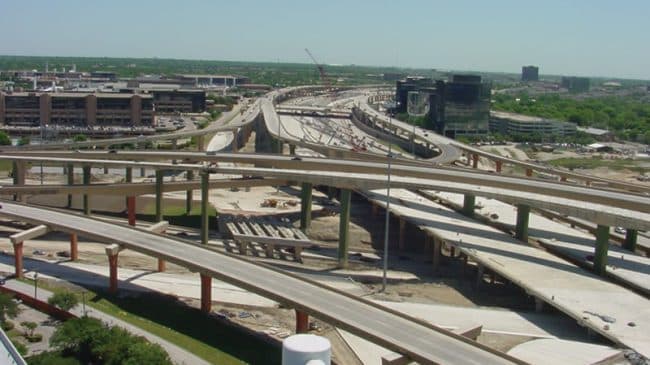Chairman Boxer, Senator Inhofe, other members of the committee, thank you for giving me this opportunity to discuss surface transportation priorities for the federal government. We are at a time ripe for completely rethinking the role of federal, state, and local governments in transportation policy not seen since the 1950s. This crossroads has been created by two overarching forces, one obvious and the other more hidden.
The first force driving our need to rethink transportation is the obvious underinvestment in US infrastructure. While the Minneapolis bridge collapse was one of the more visible clarion calls to focus on our nation’s infrastructure, estimates of the annual funding shortfall to maintain and improve our existing network range upwards of $75 billion. The National Surface Transportation Policy and Revenue Study Commission estimates that a comprehensive upgrade and investment in our transportation network-road, rail, water, and air-would approach $200 billion. Moreover, the Highway Trust Fund, the primary source of federal funding for surface transportation, is likely to end up in the red by 2009 (and the transit fund by 2012). If the highway trust fund were a private business, it would be nearing bankruptcy and its bond rating would be lurking near junk status.
The second force driving the need for a complete overhaul of federal transportation policy is the way our urban economies are evolving, both regionally and globally. Fewer than 15% of trips in urban areas are for commuting purposes. Many of these commutes are no longer traditional home to work trips, but “chain” multiple purposes. Even in peak periods, 62% of trips on our roadways are for nonwork purposes. Twenty two percent of all trips are primarily for family and personal business purposes. Another 20% are for shopping. Indeed, the largest share of trips is “other.” Our travel patterns are so complex and diverse, we cannot even aggregate them in a meaningful way.
